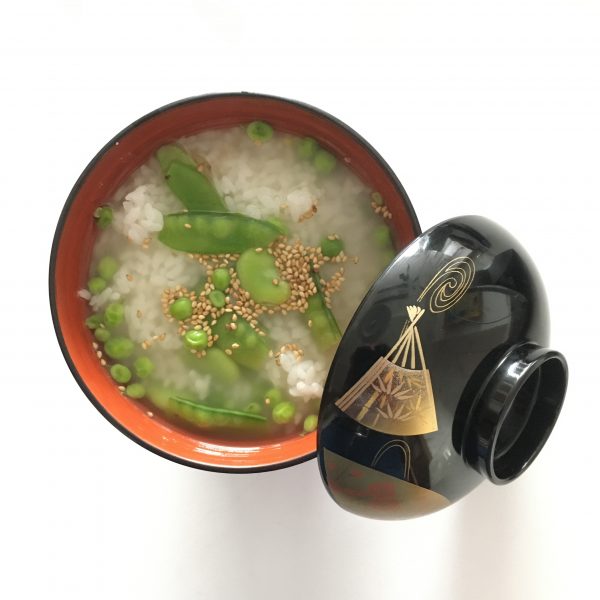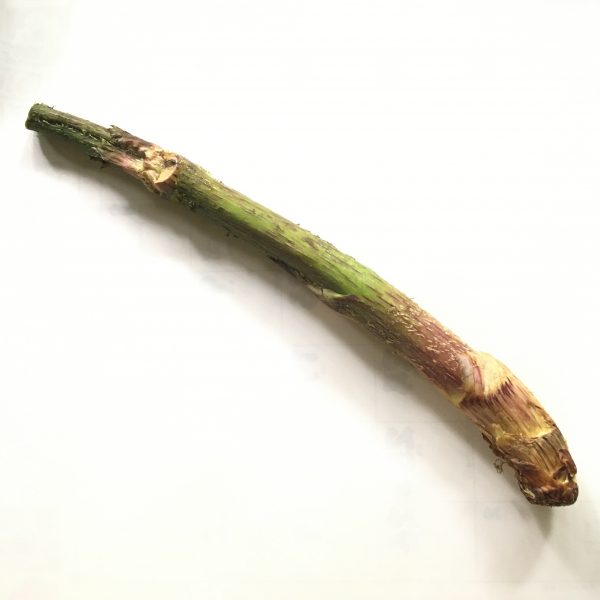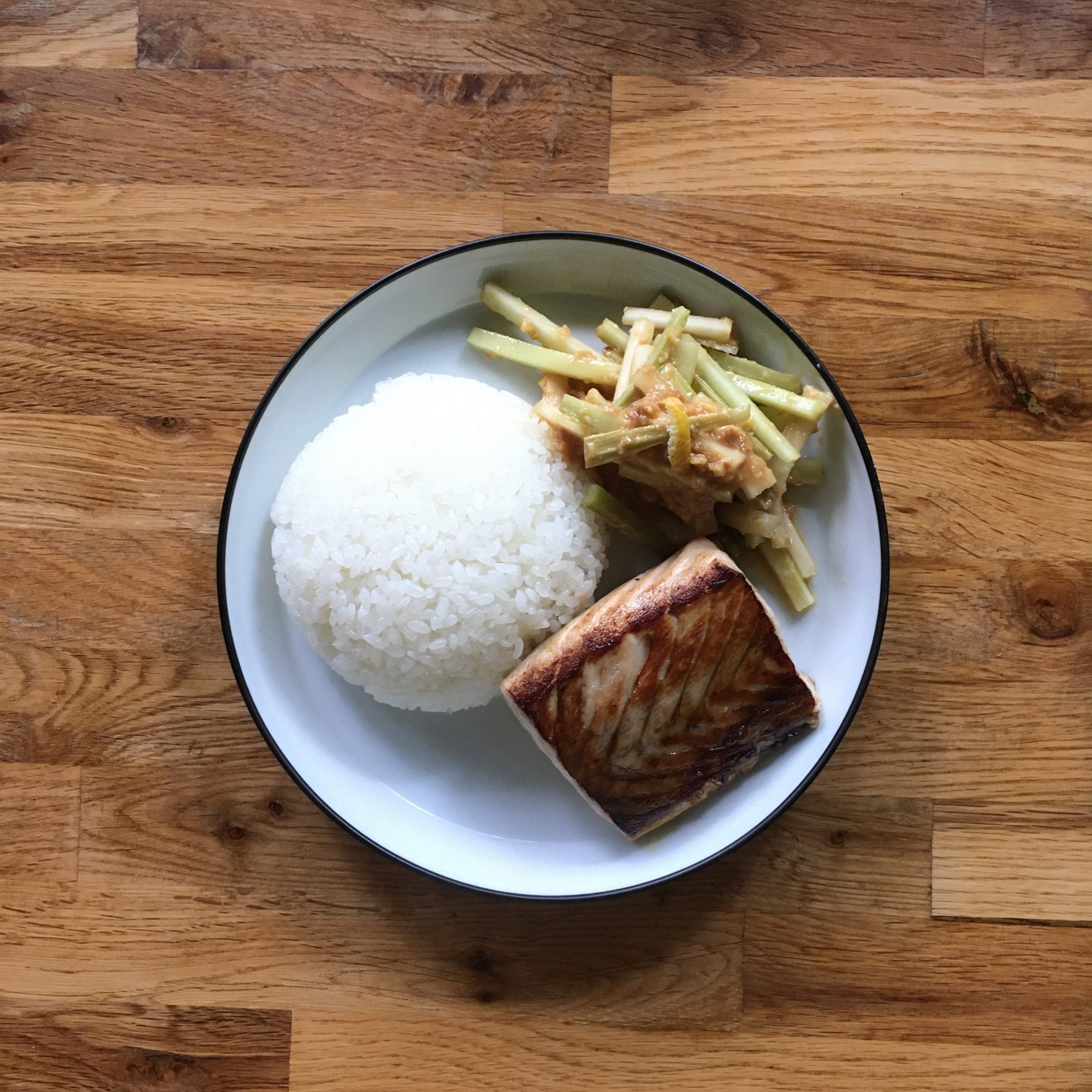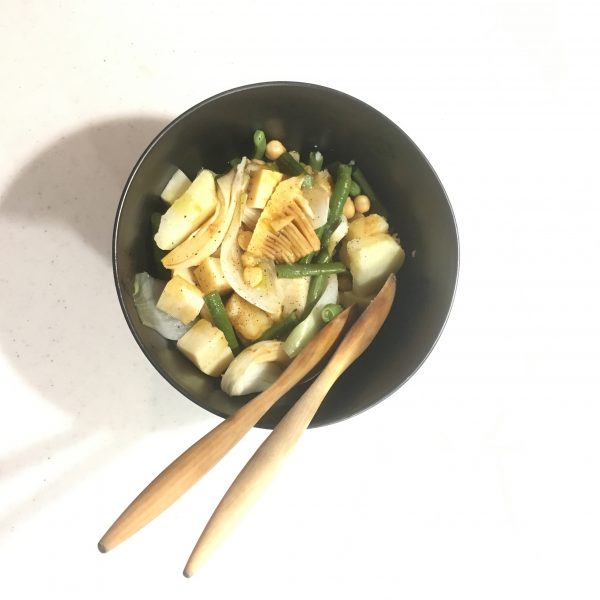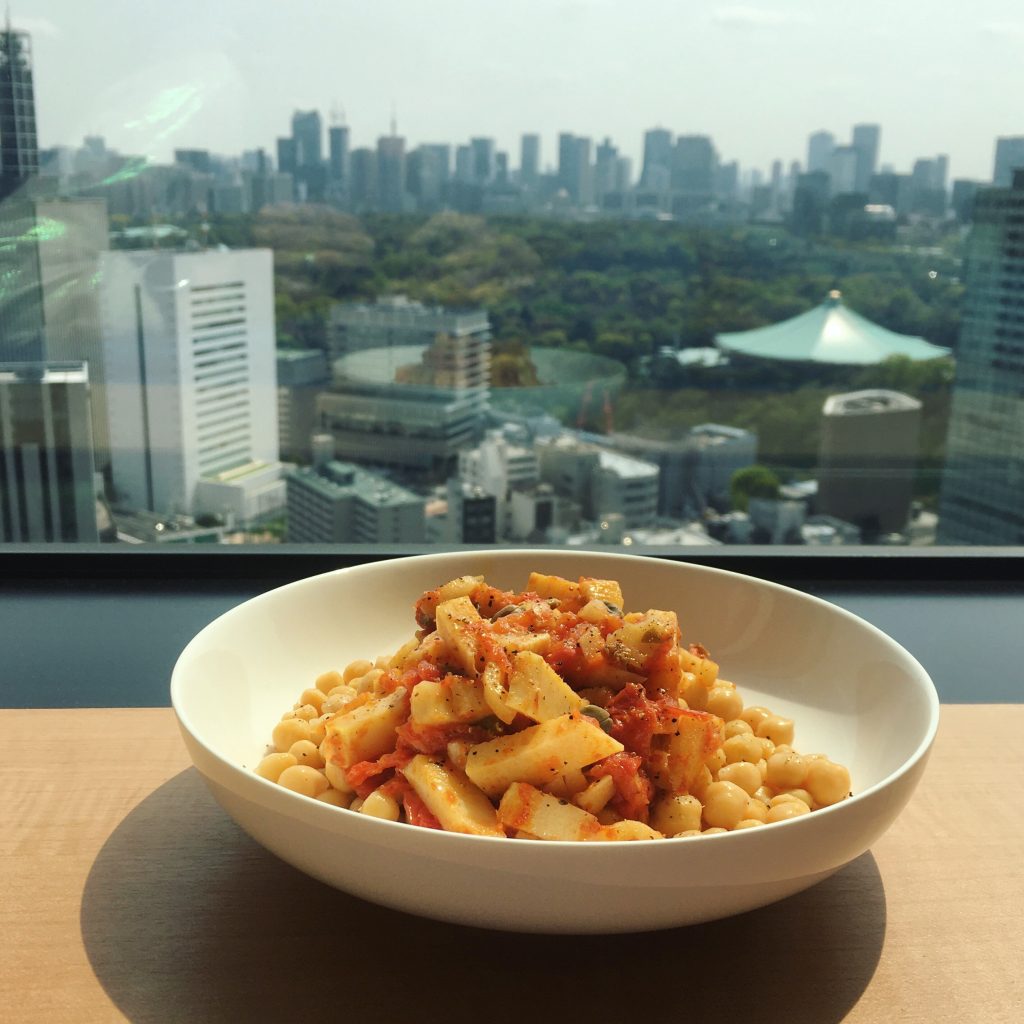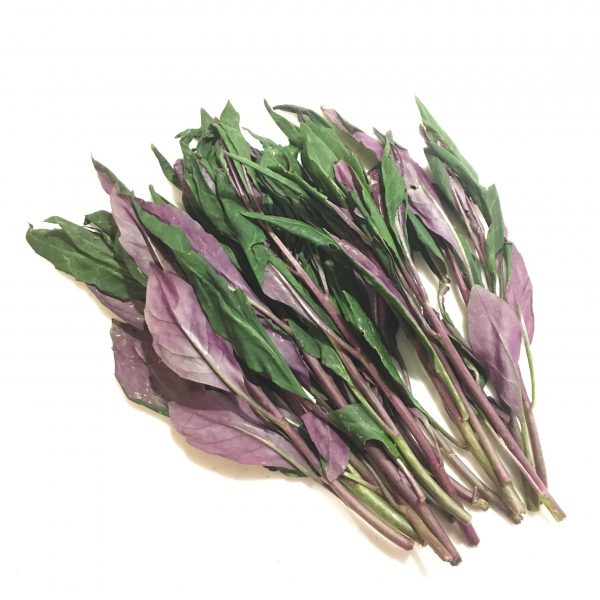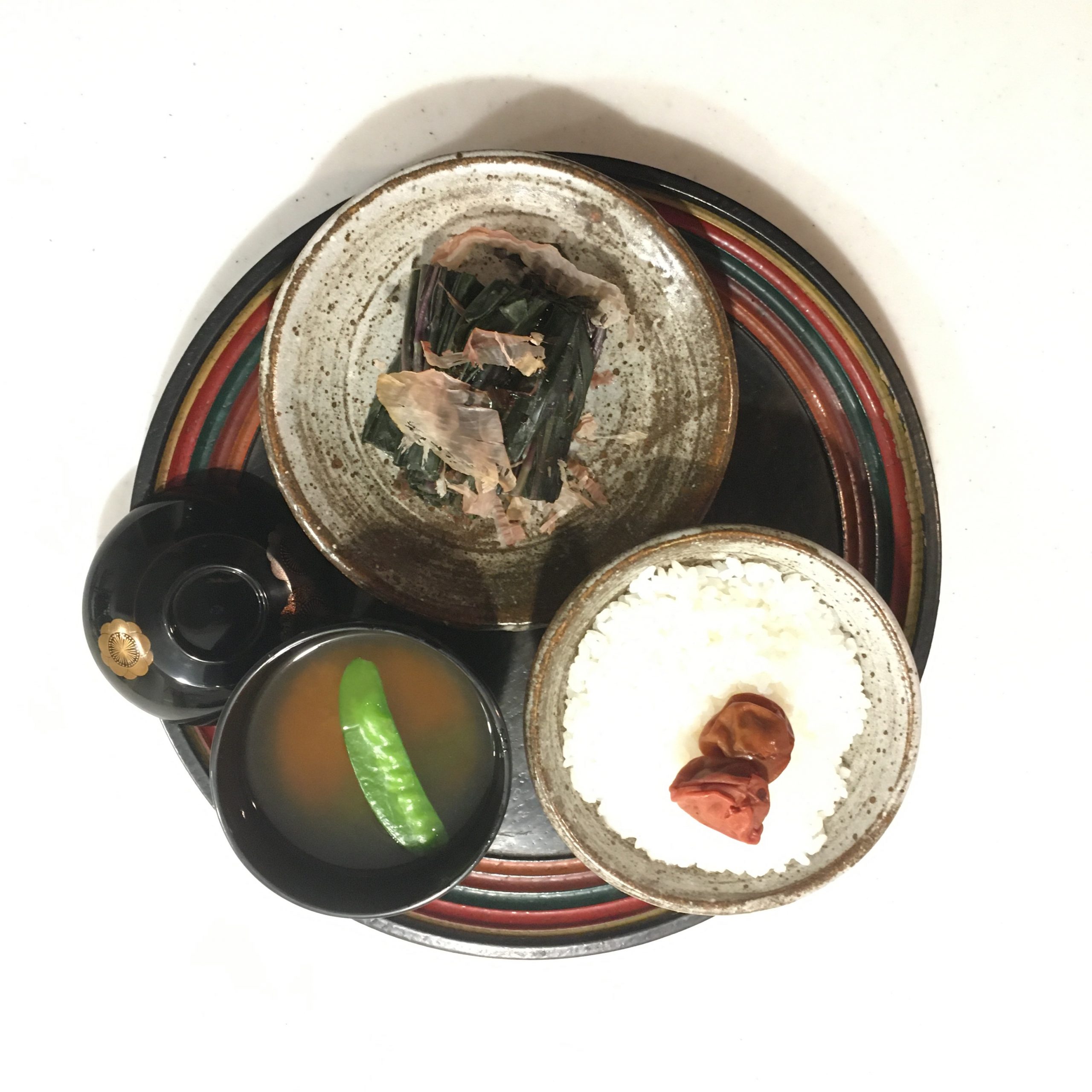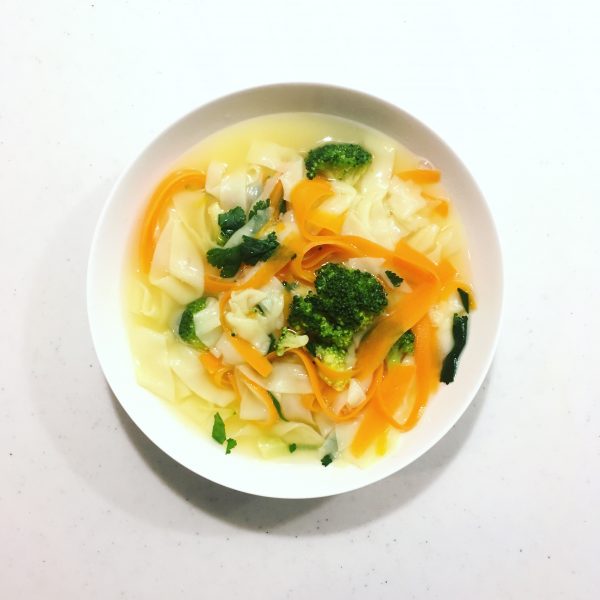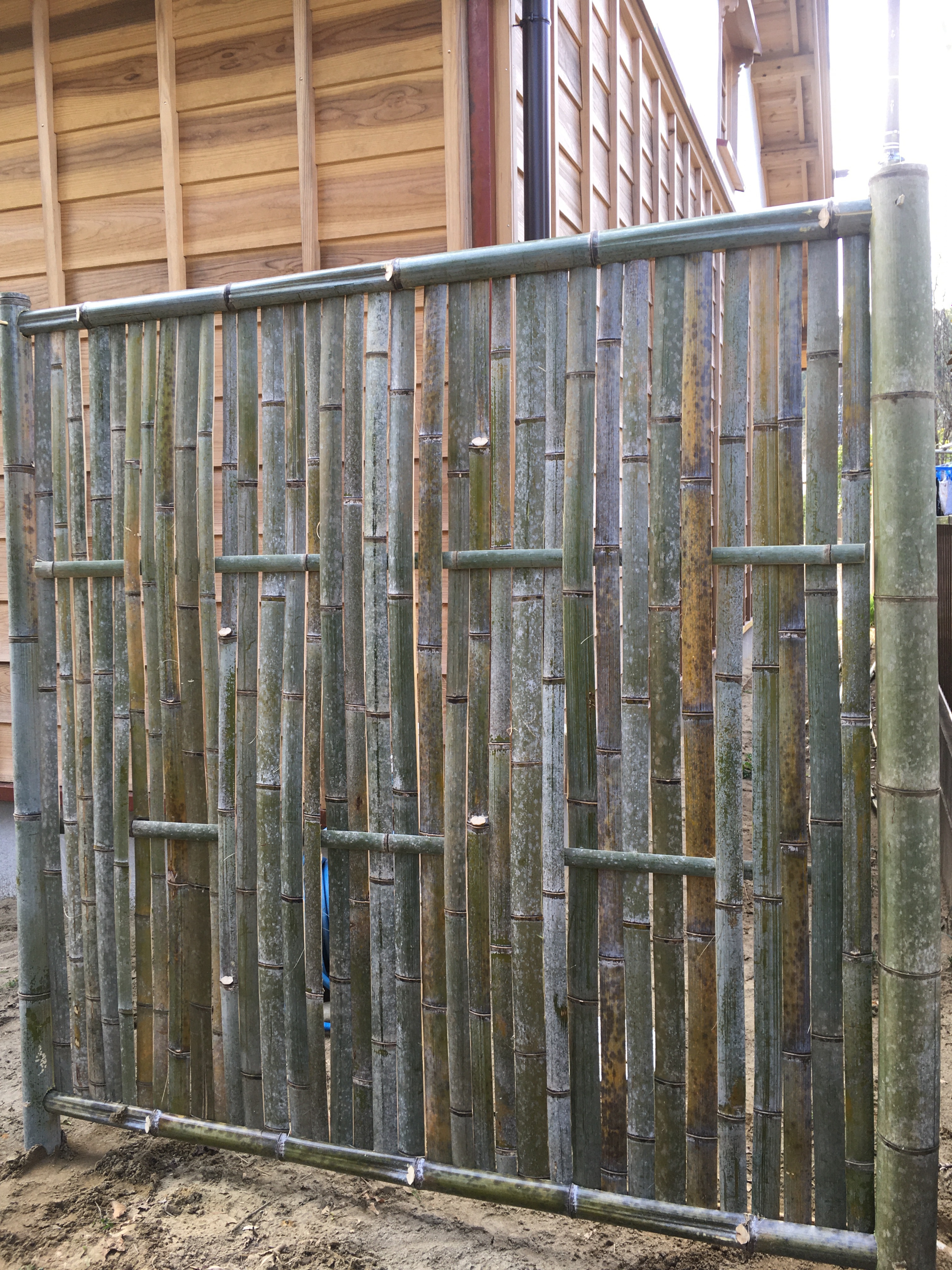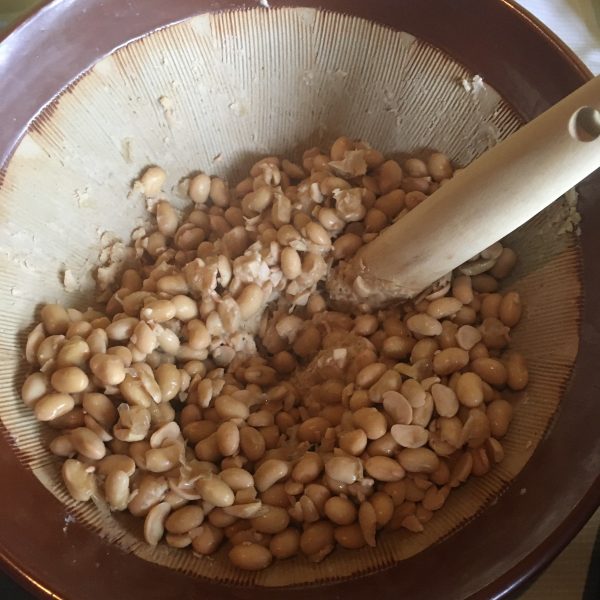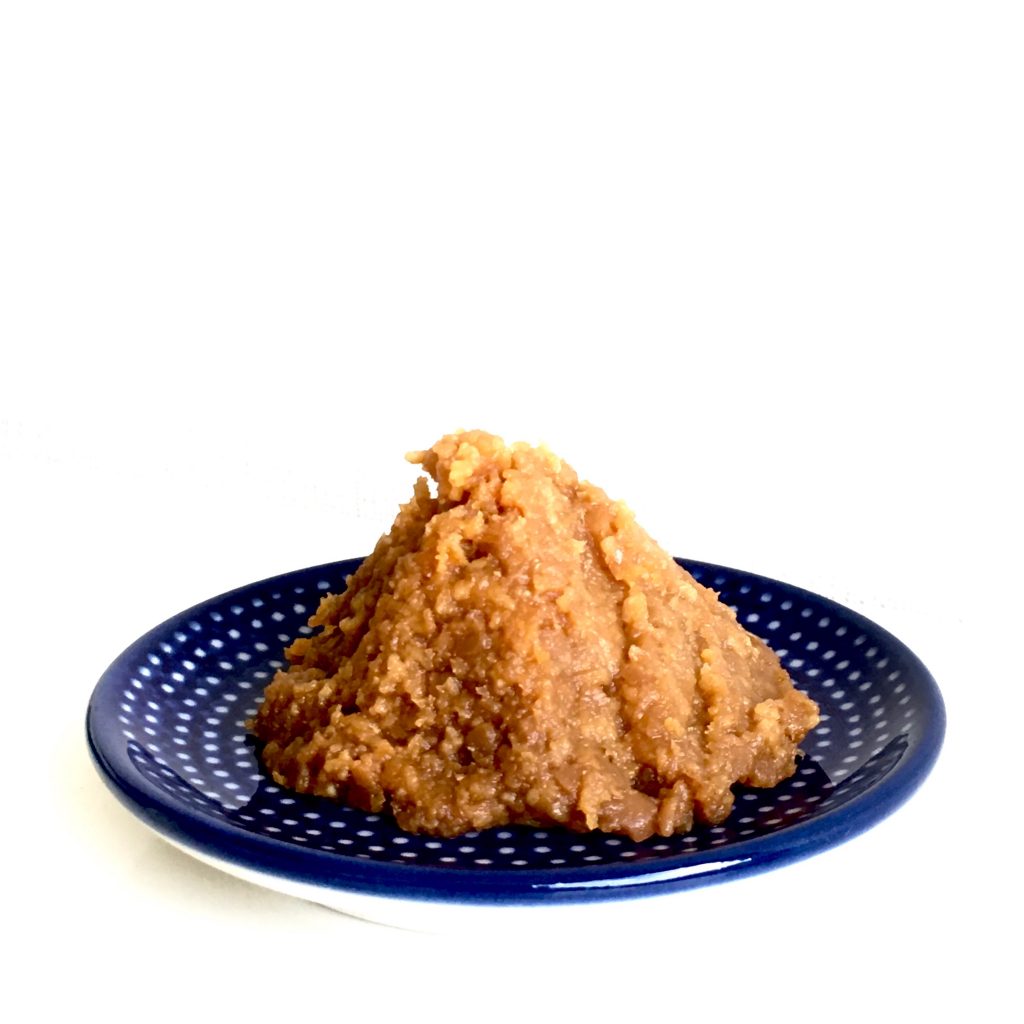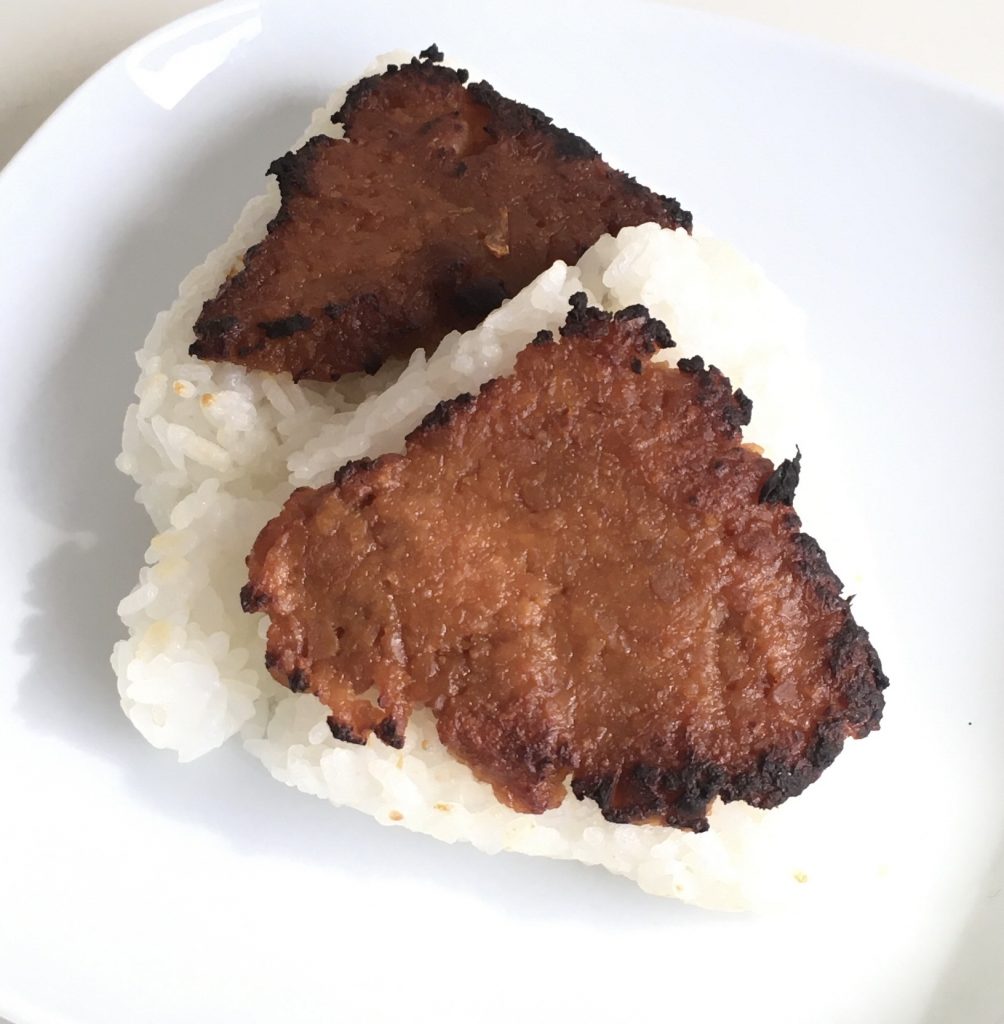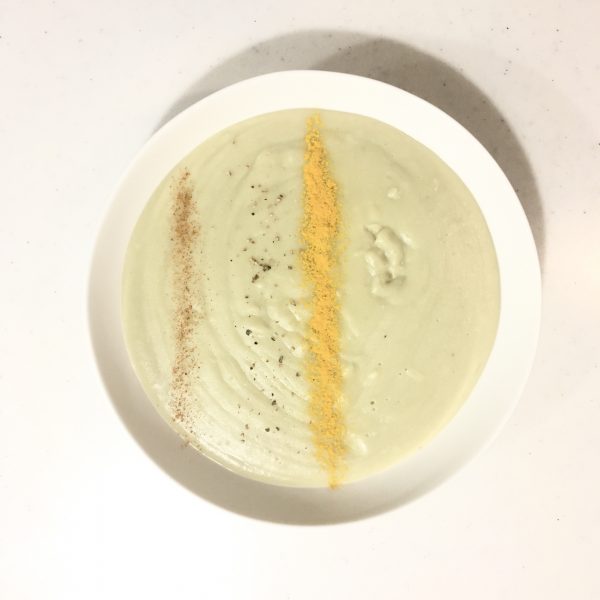Among the many trees in our garden we have in the very back of it a loquat tree. Loquats-枇杷-biwa are quite common in Japan and have been there around for long enough such that a music instrument bears the same name but writes differently 琵琶.
The location of the tree in our garden was very unfortunate, it is near where we have a space designed to burn garden green trash, and it was in the shadows of the edge trees of our neighbors. While we have stopped burning garden trash and now compost them or dispose them, our neighbors also cut the edge trees last year, and our garden is now benefiting for a lot more sun light than it used to. This two factors combined, our loquat tree has produced numerous large sweet fruits this year, which compared from the tiny sour fruits it used to produce was a big surprise. I used to give the fruits to birds, now I decided to harvest quite a few.
Loquat are good eaten raw in fruit salad, with yogurt or fromage blanc. They are just a bit tedious to prepare. The peal comes of easily, so do the seeds, but there is this harder part between the flesh and the seeds that I don’t like and prefer to remove. So when it comes to preparing loquats, I like to prepare several at the same time. Having my hands all covered in juice… unfortunately they oxyde very quickly so you can’t prepare them to long ahead before eating. Not that it alters the taste, but the bright orange color turns quickly in a brownish, not very appealing.

My all time favorite for eating biwa is definitely in a tart. Like you would do for apricots, with a sable pie crust and an almond powder and egg base. Not too sweet, as the fruit is very mild in taste, you don’t want to overwhelm it with sweetness. I used also no sugar in the pie crust. Just butter and flour, and a bit of water.
And since I had a few cherries left from the clafoutis I made, I added a few. Very good balance in flavor, juiciness, sweetness and sourness. After baking until golden, eat rapidly as the loquat oxydation continues even cooked…
Now is the season of loquat in most north hemisphere countries, so enjoy them as you can and have a good week!

